WandaVision: Marvel’s sitcomy beginning into a new era of heroes and villains.
A jumpy jingle, a loving couple, welcoming neighbors, and a town highlighted by the varying 20th century decades aesthetic. All seems well in the town of Westview, New Jersey, the stage of the recently finished Marvel miniseries WandaVision. The show stars fan favorites Wanda Maximoff (Elizabeth Olsen) and The Vision (Paul Bettany) in a sitcom parody which starts off Marvel’s path into Phase Four of the Marvel Cinematic Universe.
In nine episodes, ranging from 30 to 40 minutes, an action ready audience is taken into the domestic adventures of the couple as they manage to kick off recently married life in the suburbs of a New Jersey town where more questions are present then answers. The pair spend the following decade centered episodes figuring out the mystery of what seemed like paradise while learning more about each other and their surroundings.
WandaVision takes watchers down a whirlwind full of returning characters, comic references and the always complex world that is the Marvel Universe. Its pilot episode, which premiered on Disney Plus on January 15th, 2021, was much awaited after fans were left at the edge of their seats from films Avengers: Endgame and Spiderman: Far From Home.
As episodes of the sci-fi romance miniseries were slowly released every Friday, several fans, myself included, developed theories on the side in hopes of figuring out the many mysteries left behind from the final Avengers film only to be met with a mystery of its own originality.
From aesthetically pleasing production design to tear-jerking moments and phenomenal acting, WandaVision seems to be the perfect beginning of a new Marvel Era.
The show’s management and behind the scenes crew are the ones to applaud for the throwback wardrobe that brought nostalgia to the decades of the 50’s, 60’s, 70’s and so on to 2010s. WandaVision’s costume designer, Mayes C. Rubeo, ensured audiences will remember the groovy 70’s and hip 90’s with her special touch in costuming.
I was surely amazed to see Wanda gracefully going about her day as a housewife in the 50’s in the classical fit that honorably resembles the look of ‘Golden Age’ actress Audrey Hepburn. As well as fitted into a charming white mid-century gown, seemingly referencing to that worn by ‘Bewitched’ 1960s T.V. star Elizabeth Montgomery.
As the miniseries continued, so did its dazzling costume design featuring supporting characters such as ‘howdy neighbor’ Agnes (Kathryn Hahn) in a plaid waist swing dress and Monica Rambeau (Teyonah Parris) fashioning blue fish print boot leg pants. In addition to the vintage looks, WandaVision provided a supporting cast of neighbors wearing the 60’s widely popular ‘bouffant’ hairstyle and wild 80’s trend of frizzy waves. The production design, such as choice of music, for example the pilot episode and following episode, featured late 50s rock & roll song, ‘Yakety Yak’ (1959) by The Coasters and mid 60s, ‘Help Me, Rhonda’ (1965) by The Beach Boys, conformed to the individual styles, supporting the aesthetic.
In accordance with its homage to the romanticized decades, the writing and dialogue choice won both a laugh and cry out of me. Director and executive producer Matt Shakman and writer Jac Schaeffer, have crafted scenes and dialogue that convince me of the couple’s wonderful dynamic. Similar to how each episode is an ode to it’s given decade, the dialogue between characters plays the same role by sprinkling common 50’s phrases such as ‘silver dollar pancakes’, ‘crackerjack’, and ‘this is gonna be a gas!’.
The dialogue of each episode had a dynamic of its own, only increasing my admiration for the show. Considering WandaVision’s spiraling plotline, the dialogue between characters helped run the cuts from confusing scenes to comedic ones. For example, a character said to Vision, “Small towns are hard to escape,” only leaving Vision more interested in figuring out the ‘what’ of WestView. The writing also enticed the mystery with the ominous commercials seen cut inside episodes, referring to past Marvel organizations whose names gave watchers like me goosebumps.
The character Wanda has been one that has struck me differently than any other Marvel Superhero. To be honest, all of them have their perks and quirks but Wanda’s character, introduced in Avengers: Age of Ultron (2015), has been a top favorite for me. Aside from her traumatic backstory from losing her parents and twin brother, Pietro Maximoff, growing up amidst protests and crime, her time with the villainous organization, Hydra, and her compelling powers increasing in complexity with every Marvel production; Wanda is a character I can relate to. The way she has pulled through tragedy after tragedy reminds me that anything can be overcome.
The way Elizabeth Olsen has grown in portraying the Wanda character is astounding. In WandaVision, Olsen is able to communicate love and emotional strength in a way that left my jaw dropped. From past Marvel films to now in WandaVision and rumoured future involvement in the upcoming Doctor Strange in the Multiverse of Madness, Wanda’s character arc and growth has been both enjoyable and admirable to watch.
WandaVision not only wonderfully allows for Wanda to develop as a character but brings back fan favorites and sprinkles in actors known for their comedy. The cast involves sitcom famous Debra Jo Rupp who plays Mrs. Hart and comedic actress Kathryn Hahn, known for her roles in other T.V. shows such as that of Parks and Recreation, who plays the giddy next door neighbor.
As each episode delightfully drops small easter eggs for the audience to crack, certain episode scenes and introductions pay homage to popular sitcoms of it given decade. For example, the second episode, ‘Don’t Touch That Dial’, in a 1960s filter refers to Golden Age classic show, ‘Bewitched’ and the 2010s episode, ‘Breaking the Fourth Wall’ later in the season, performs with an introduction jumping to the familiar jingle of popular America Sitcom ‘The Office’. As the saying goes, ‘It’s the little things that matter most’, and that was most certainly true to me as I fangirled over the little references in each episode.
After finishing WandaVision on March 5th, 2021 with a final episode heavy with action and the usual after credits Marvel teasers, my feelings on WandaVision were completely founded, it is a must for all Marvel fans. WandaVision serves as an example of Marvel’s capabilities to mix in new, comedic style into its work, as seen by the miniseries enjoyable dialogue, dynamic between characters and aesthetically pleasing costume design in this ominous sitcom world.

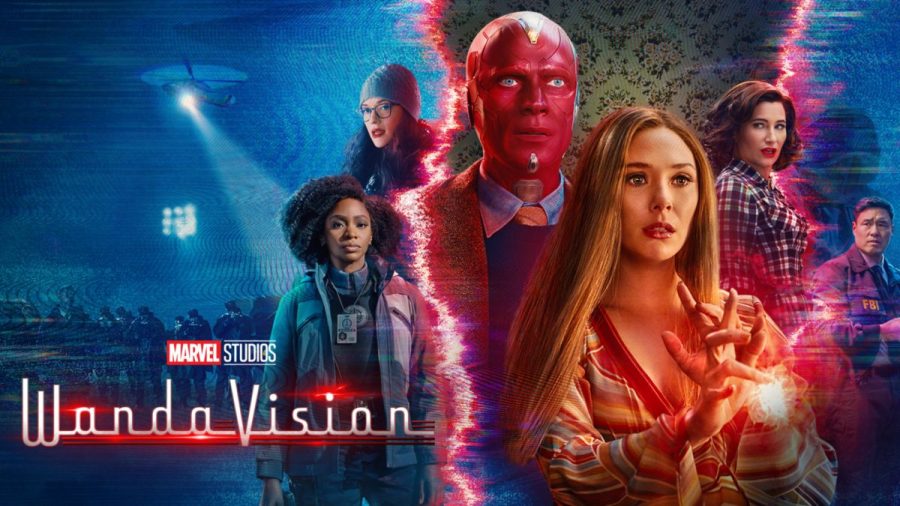

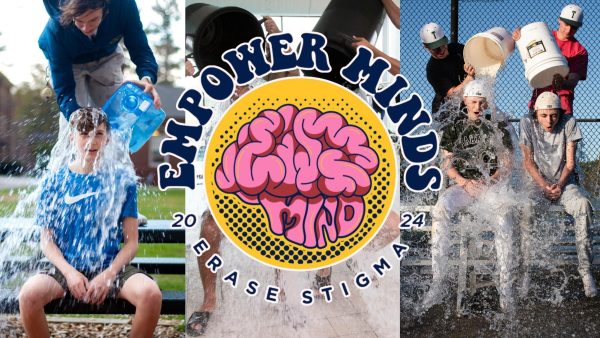

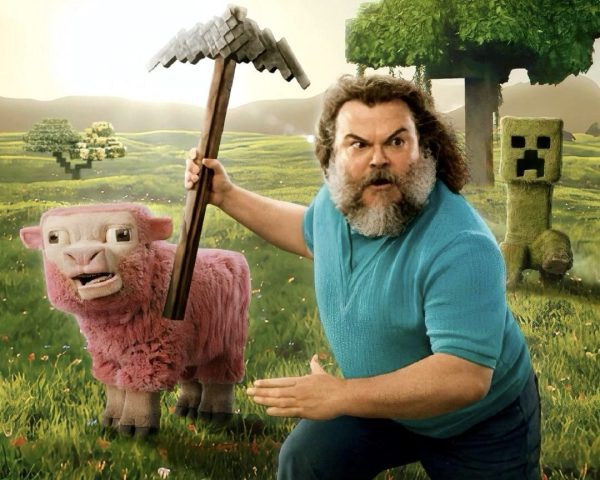
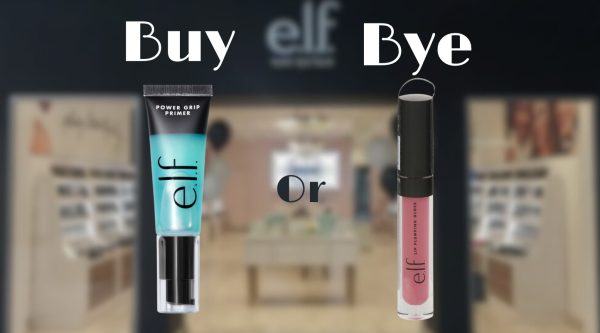
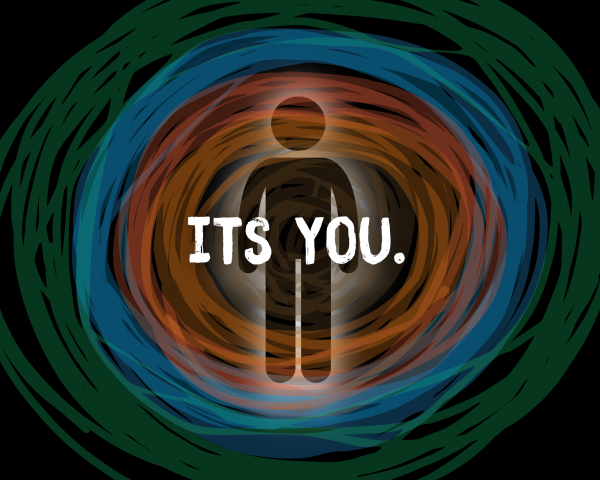
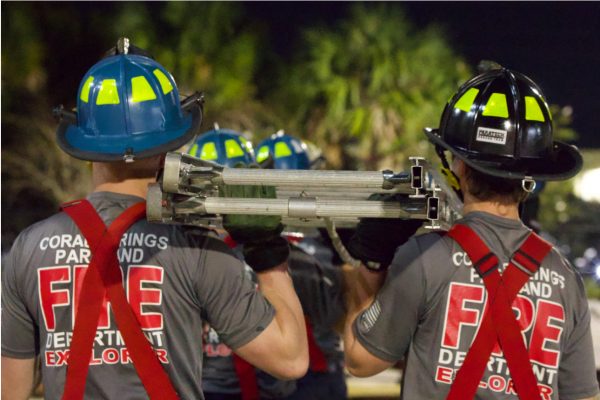
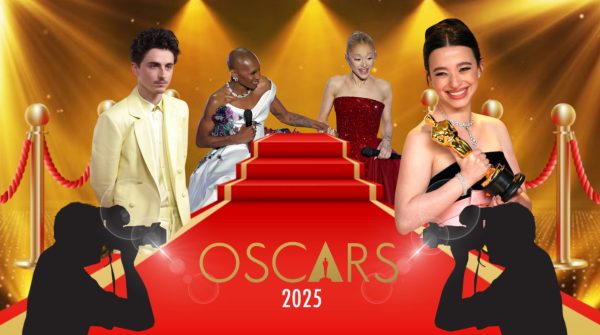


Katelyn S. • Sep 12, 2022 at 10:25 am
Amazing article and beautifully written